While many Puget Sound cruisers, sailors, and weekend boaters will know of Roche Harbor during the cruising season (May-September), few seem to know what it’s like the rest of the year.
In the summer months, Roche Harbor is bombarded with boaters of every sort. Some have even said that you can cross the bay on foot by stepping from boat to boat. The docks are bustling with tourists, the streets paraded with wedding parties, and every room in the historic Hotel de Haro is booked. Then, like the lifting of the fog, the boats disperse, the tourists drive away, and a quaint beauty and stillness settles in.
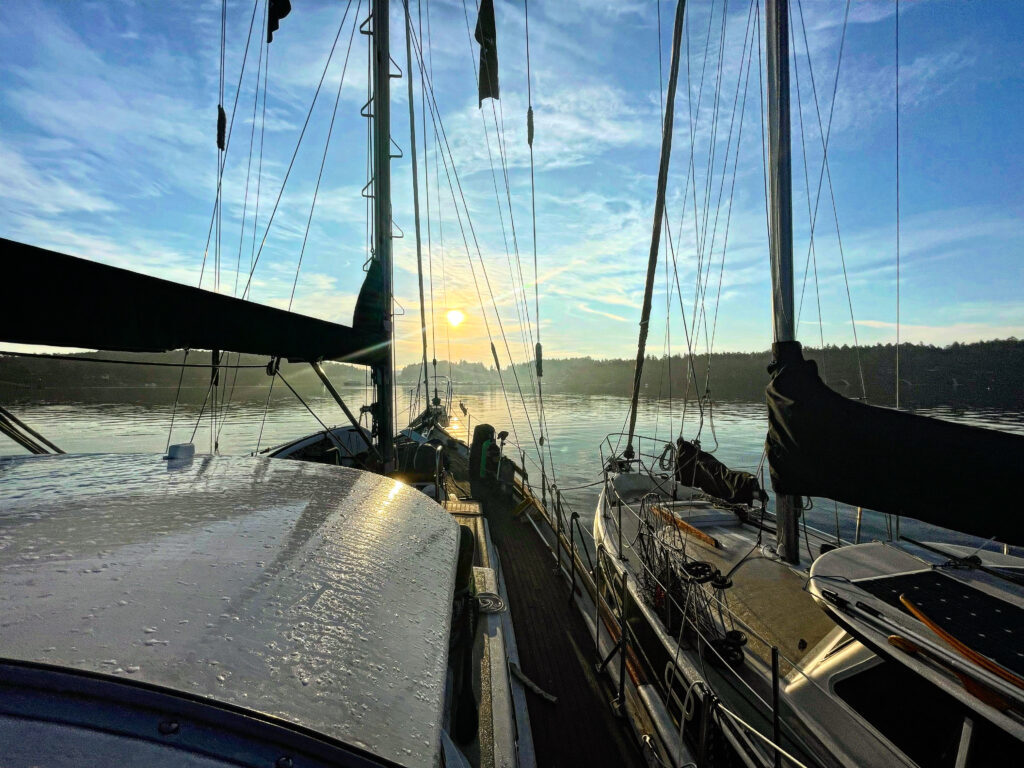
It was the 2nd of October, and we were the only two boats in the bay. Not only was it calm enough to side-tie the two boats (a Gulf 32 and a Vagabond 47), but the October sun gave off enough heat to keep us in shorts and flip-flops for at least another two weeks.
We were anchored on The Hill. Whether you enter the bay from the northwest past Pearl Island, or from the south through Mosquito Pass, you can’t miss The Hill. It sits in the middle of the bay, to south of the center of Pearl Island. While most of the bay has a depth of 35 to 55 feet, the hill rises up to a comfortable 25 feet, with a diameter of about 500 feet, it makes a sort of an anchoring sweet-spot.

From the hill, we sat front row to one of the most beautiful 360º views we had ever seen. To the north, the stillness of Pearl Island with its empty summer-homes and herds of blacktail deer. To the south, Mosquito Pass and the towering Olympic Peninsula Mountains in the distance. To the west, sunsets that turn a blue sky into a fire of orange and yellow flame. And to the east, the historic town of Roche Harbor, with the call of seagulls and church bells by day, and warm lights strung from building to building by night. In a matter of only a couple weeks, this beautiful place had gone from loud, bustling, and crowded— to quiet, still, and all ours.
We took the dinghy over to Roche Harbour Marina, which offers public showers, restrooms, a laundromat, and free pump-out services. The dinghy dock was empty; what was once like trying to park in downtown New York, was now like a church parking lot on Monday morning.

With the tourists and crowds gone, the town seemed to settle into a rhythm — slow and restful, like sitting back into a cushioned chair at the end of a long day. The grocery store at the head of the pier suddenly had full shelves and empty aisles. The adjacent café had a newfound policy of, “Sit wherever you’d like; every table’s open.” The locals we met were nothing short of kind, generous, and hospitable.
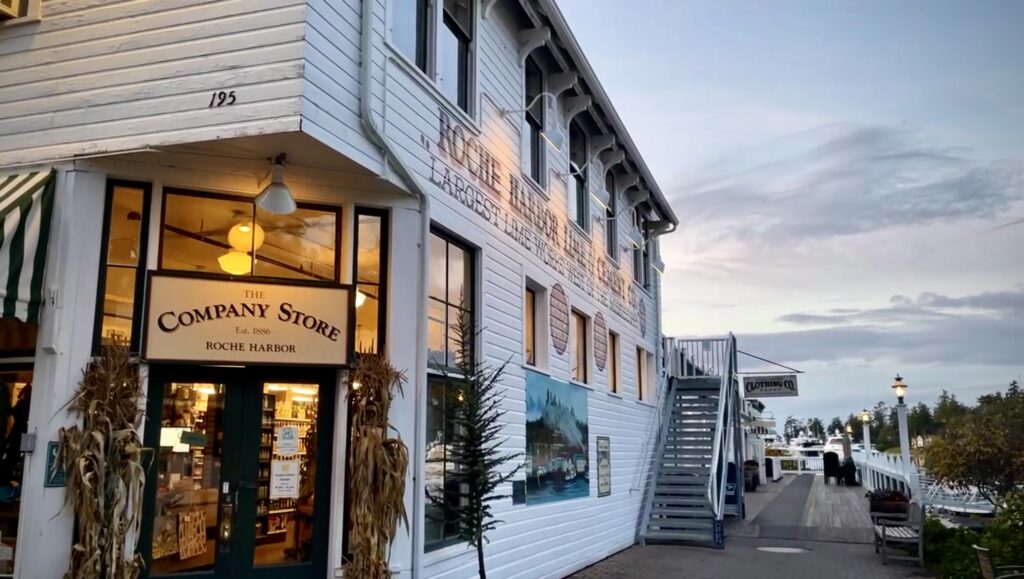
Now, at this point you’re probably wondering, “What’s the catch?” After all, it does sound too good to be true. Well, the answer is simple. As all cruisers know, the off-season is called the off-season for one reason, and one reason only: weather.
During the months of November through March, the weather in the Pacific Northwest rears its untempered head. Windstorms will rip through the San Juan Islands with gusts upwards of 50 knots. Depending on their direction, you can usually find some sort of shelter, but every once in a while you’ll simply have to dig in, and trust your hook.
Most of the bay in Roche Harbor is fairly well protected from the stronger winds that blow through the channels between the islands. When forecasts called for 30 knot gusts, we saw 20. When they called for 50 knots, we saw 35 or 40.
During a southerly or southwesterly, you might consider heading around the southeast corner to Garrison Bay. While Garrison will only deaden the wind by an additional 5 knots or so, it will also eliminate the chop on the water entirely. However, be aware of your depth as you enter the bay; a negative tide will put many spots in the bay at only 4 or 5 feet deep.
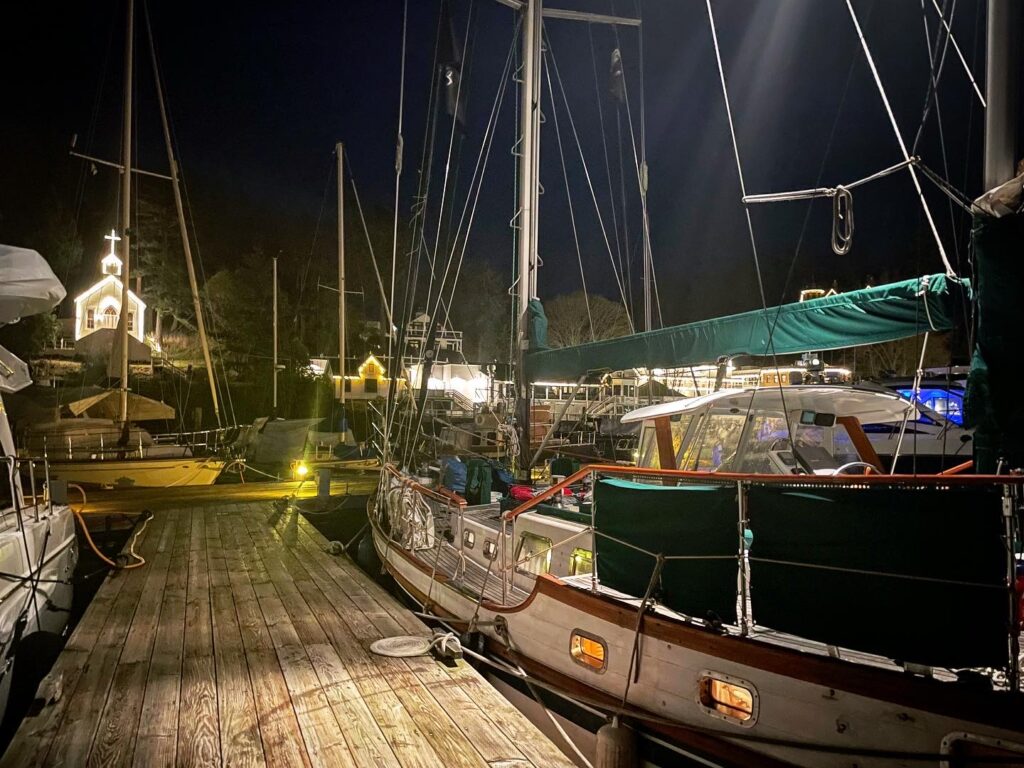
And with all of that said, you also have the option of simply renting a slip in Roche Harbor Marina. Their winter-rates are relatively cheap compared to many of the marinas in Puget Sound. Not only that, but the shore-power (30A) comes complimentary with the slip. We stayed on the dock for a week while we swapped out our lead acid batteries for lithium. The dock attendants were even nice enough to offer their electric carts to help get the batteries to and from the head of the dock.
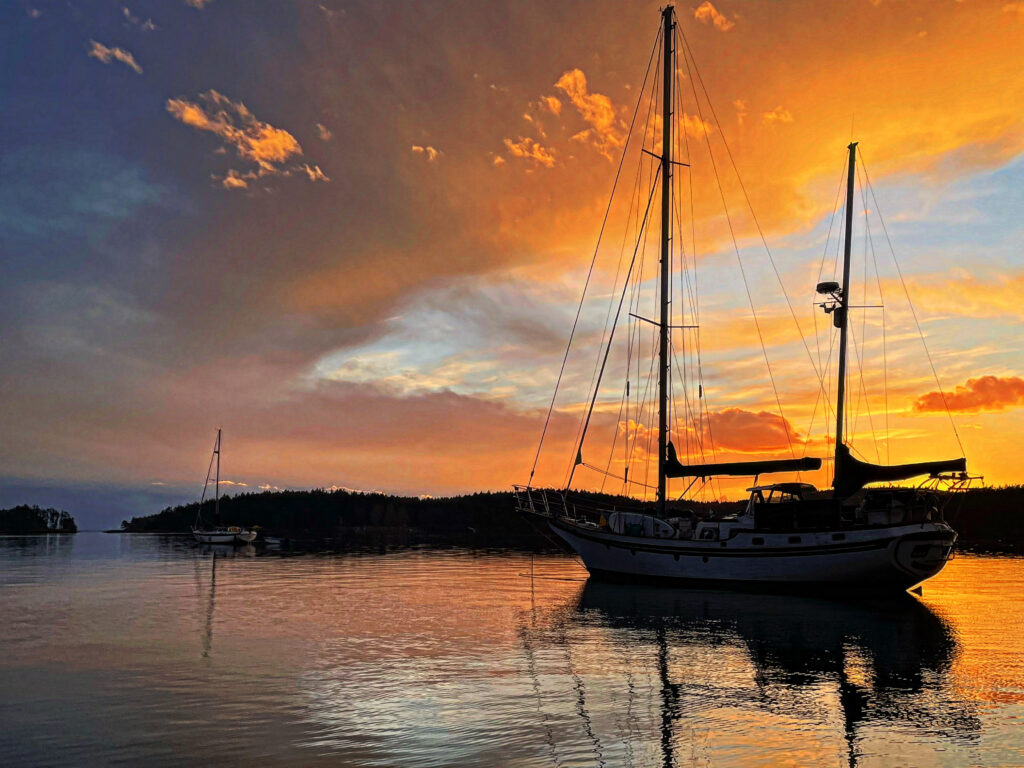
All in all, I have never been to an off-season harbor that maintained so much of its peak-
season energy and hospitality. I might be wrong even asserting that Roche Harbor has an “off-
season.” Perhaps cruisers like us ought to refer to it as “their season” and “our season.”
Nevertheless, if you find yourself cruising the San Juans during the winter months, be wary of
visiting Roche Harbor—you might not want to leave.
After a failed attempt at becoming a cruiser over 10 years ago, Derek realized that the call of the sea would not be silenced, and in 2022 bought Bully – a Vagabond 47 sailboat. He set sail down the US West coast with his wife and 4 sons, pointing his bow toward warmer waters. Derek is an accomplished singer/songwriter, musician, author, and sailor.

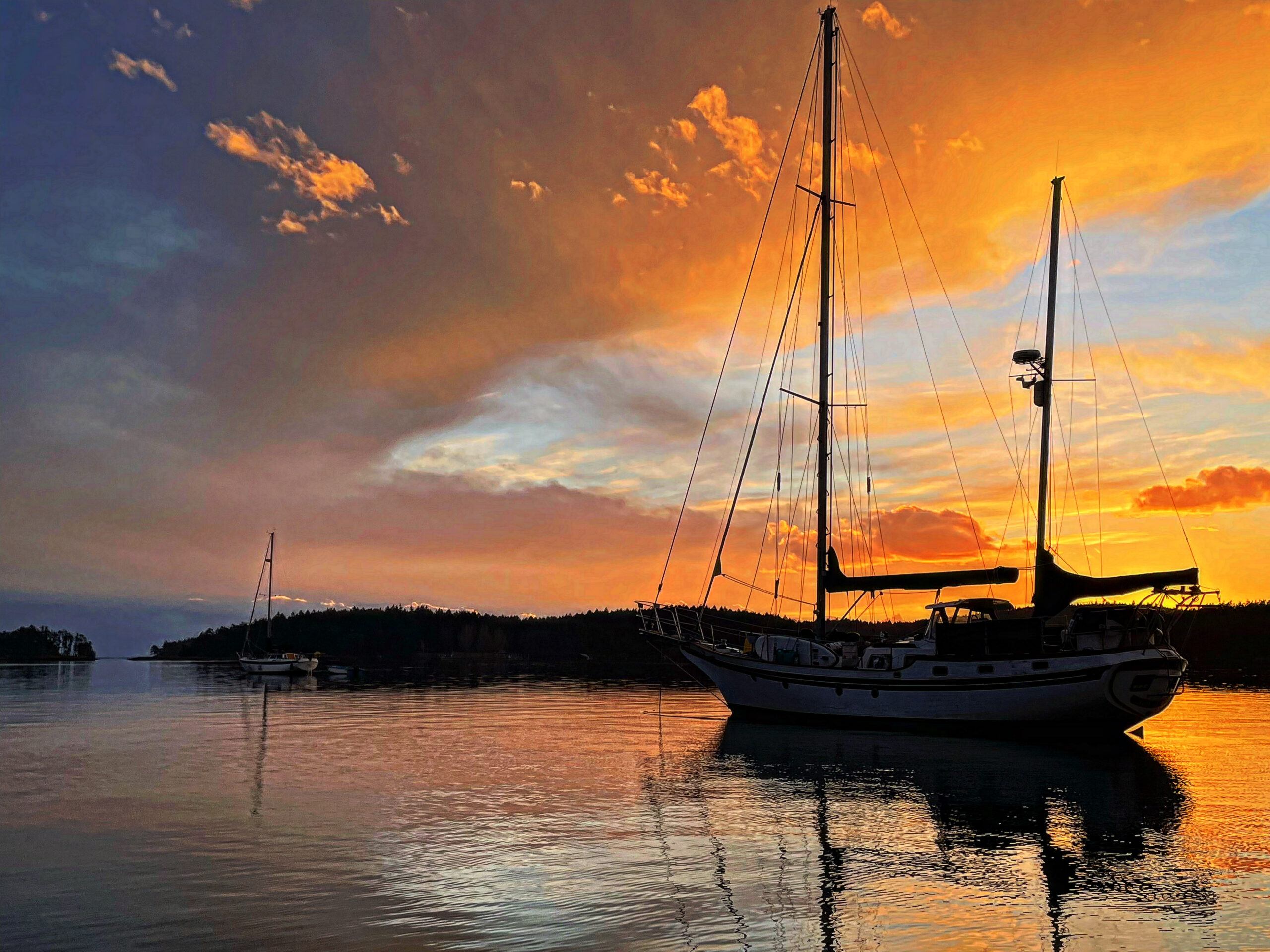
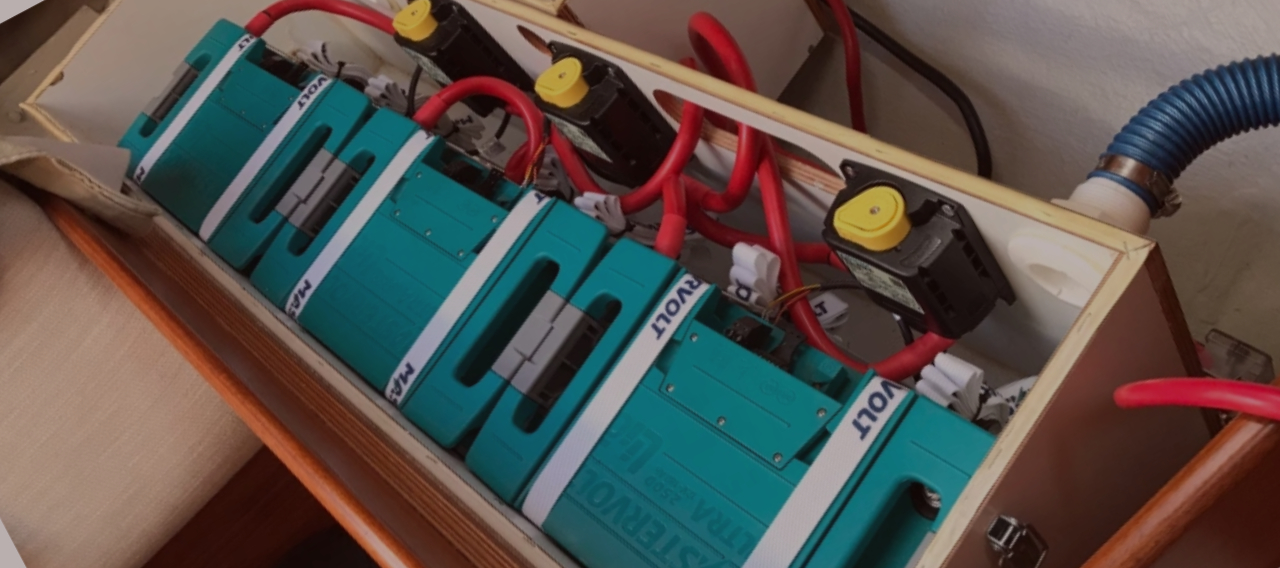
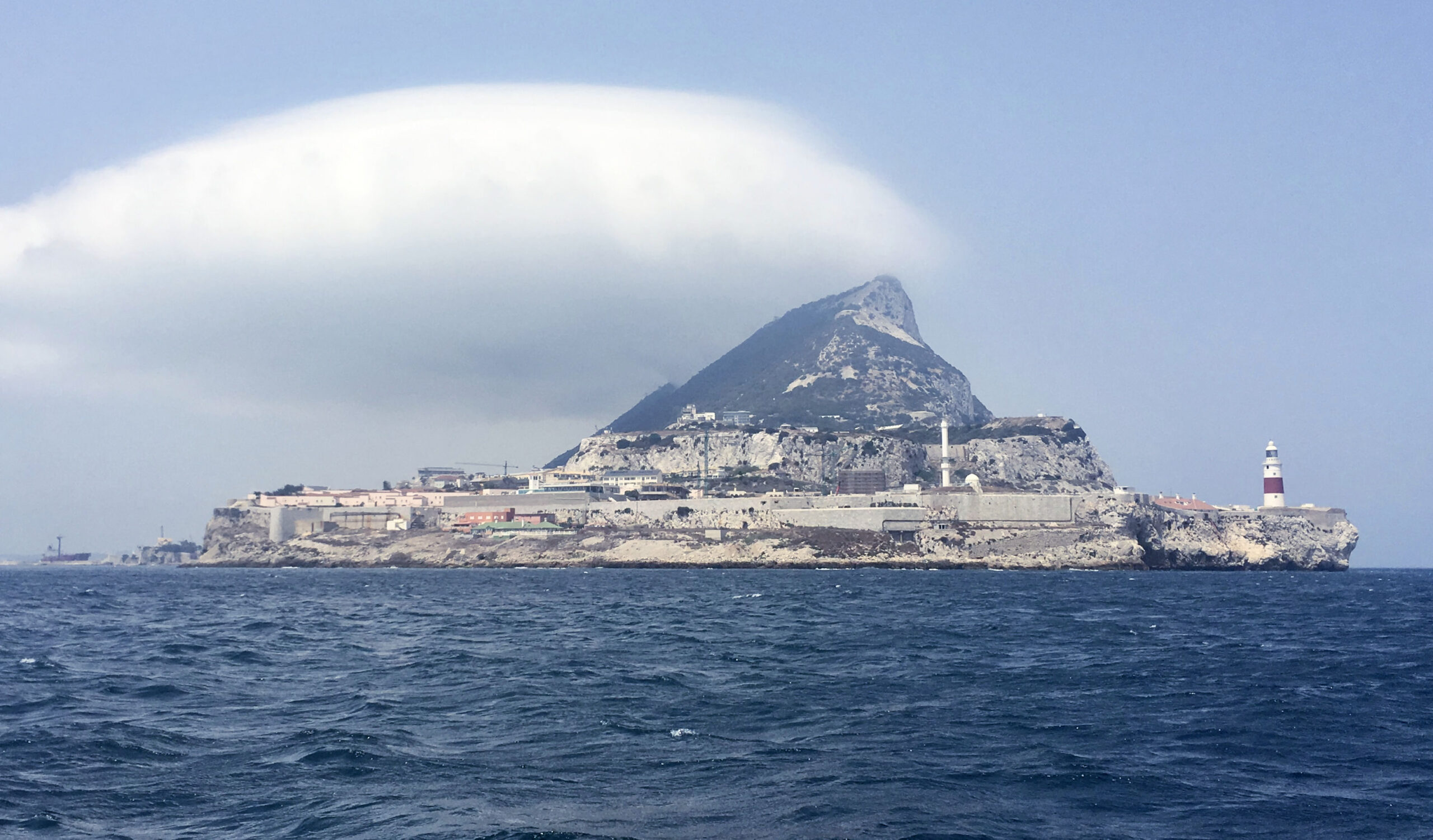

Great read.